The Beauty and Brilliance of Germany’s ‘Cow Chapels’
“The shape of the interior feels sacred, but it’s not. It’s where the cows were fed.”
The restaurant at Wasem, a fourth-generation family winery in Germany’s largest wine region, Rheinhessen, is simply yet stylishly furnished. Its stone walls are painted white, its wooden floors are polished, and its banquettes are a dark gray that matches the tall, round columns supporting the room’s elegant cross-vault ceiling. The pillars and arched ceiling give the restaurant a distinctly religious atmosphere, but the original building—erected in 1858—was never frequented by churchgoers. It housed cows.
Rheinhessen’s history of intensive agriculture and viticulture stretches back to the ancient Roman era. After the agricultural revolution of the 18th century, farmers decided to increase their cattle’s yield by keeping them in stables and using their manure to fertilize their arable crops. The animals were originally housed in the sort of charming half-timbered buildings that attract tourists today. But with their small size, they quickly reached capacity, and storing hay and straw above the livestock presented a serious fire risk. Half-timbered constructions were unhygienic, too: Vapors and heat caused beams to rot quickly, and wood soaked with excrement was a breeding ground for disease.
A larger, safer alternative was needed, but it wasn’t until the beginning of the 19th century that one presented itself. And it happened entirely by chance.

It all began with the French Revolution. When Rheinhessen was occupied by Napoleon’s troops, the introduction of French law led to the secularization and dispossession of church buildings and land. As ecclesiastical properties were auctioned off or redistributed, many former tenant farmers were able to acquire land they had previously leased as freehold property. And if that land had abandoned church halls or monastery refectories, they converted them into stables, and moved in their pigs and cows.
They soon saw the advantages of housing their farm animals in such sturdy stone buildings: Fire-safe and hygienic, their cross-vault ceilings enabled constructions of a larger size, creating more space for more livestock. Prominent agriculturalists recommended housing cattle indoors year-round: It was thought to be beneficial for breeding and increasing milk yield as well as for avoiding the contraction of contagious diseases. The practice, which could now be implemented in healthier, more secure surroundings, also provided farmers with a continuous source of fertilizer for their fodder crops. In 1830, a landowner in the town of Osthofen erected one of Rheinhessen’s first cross-vault cowsheds explicitly for the purpose of housing livestock. He liked the style so much that he wrote a glowing report on its construction and advantages in a leading agricultural trade journal.

Thanks to an abundant supply of local stone—sandstone for the pillars and fieldstone and quarry stone for the walls—around 300 cross-vault stables were built, almost exclusively within Rheinhessen’s borders, between 1830 and 1870. Beneath their curved, whitewashed ceilings, cattle stood facing their troughs at the wall, with their backsides, in the case of those cowsheds featuring two rows of columns, pointing toward a central aisle for efficient mucking out. With a playful nod to their sacred appearance, these cross-vault stables later became known as “cow chapels” (or kuhkapellen, in German).
Spacious and built to last, cow chapels were an expensive investment, and they quickly became status symbols amongst local farmers. Their construction continued, but by the 1880s, their sandstone pillars were replaced by cast-iron columns, and cross-vaults were eventually passed over for cheaper iron girders. By the end of the century, the original stone cow chapel was a thing of the past.

In the 1970s, as farmers began abandoning dairy and mixed farming in favor of arable farming or wine growing, cross-vault stables were either demolished, repurposed as storage buildings, or left to fall into disrepair. It was only in the 1980s and 1990s, as winemakers moved toward selling wine by the bottle instead of the barrel and Rheinhessen began marketing itself as a tourist destination, that cow chapel owners began to recognize their cultural and historical value. Until now, Rheinhessen’s winemakers had presented their wines to visitors around their own private dining tables, but those in possession of a disused cow chapel gradually came to realize they had a separate—and very charming—room for tastings and festivities at their disposal.
The cow chapel at 314-year-old winery Kruger-Rumpf, located just over Rheinhessen’s border with the Nahe wine region, was renovated 12 years ago. Converted into an events space for art exhibitions and wine tastings, its original arched windows remain intact, and large white discs hang from the ceiling to absorb sound during parties. Prior to the renovation, winemaker Stefan Rumpf remembers, the historic room was used for storage. For his family, this included “everything from potatoes to bicycles and pet rabbits.”

In 1999, some 40 cow chapel owners formed the Interessengemeinschaft Rheinhessische Weingewölbe (Rheinhessen Wine Vaults Interest Group) with the aim of preserving and promoting these historic buildings. The few accessible to the public today operate as wine taverns and event spaces; unique locations for experiencing Rheinhessen’s warm hospitality—whether guests know their history or not.
Jérôme Hainz runs a local wine tour company, Bottlestops, and frequently brings guests to those wineries that have a cow chapel. “Many people don’t know about them—not even when they’re sitting in them,” he says. Look closely while enjoying a glass of local riesling, however, and you might spot scuff marks halfway up a rough stone column where a cow once rubbed its rump.
“It’s really quite funny when you think of it,” Hainz grins. “When you’re sitting in there, you’re sitting in history, but with a wink. The shape of the interior feels sacred, but it’s not. It’s where the cows were fed.”
Gastro Obscura covers the world’s most wondrous food and drink.
Sign up for our regular newsletter.



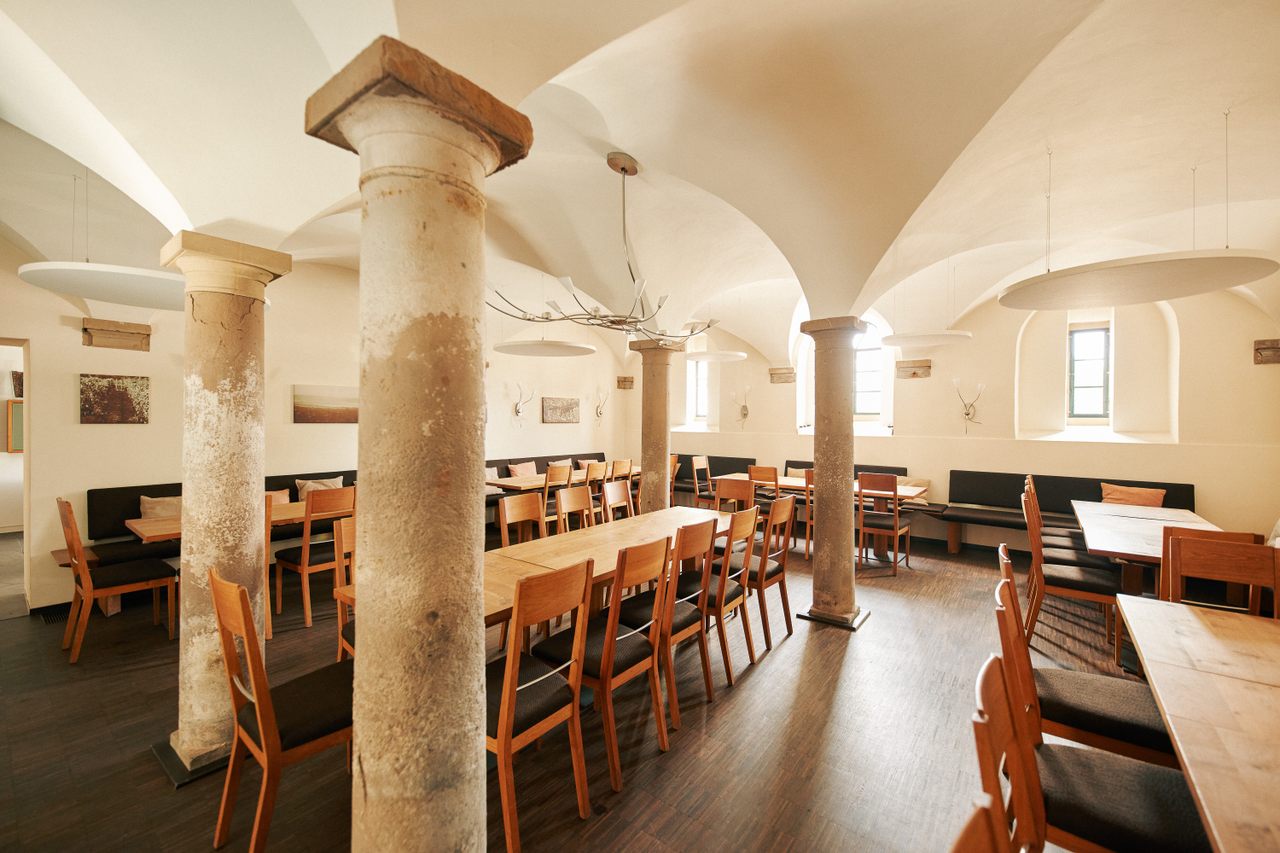



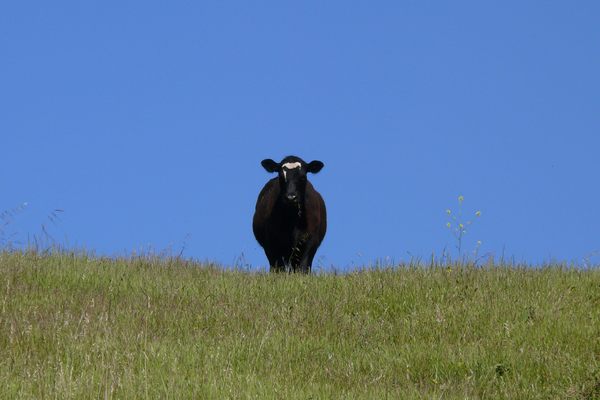
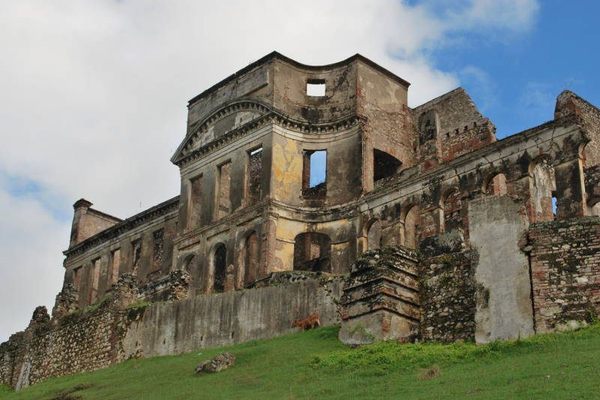
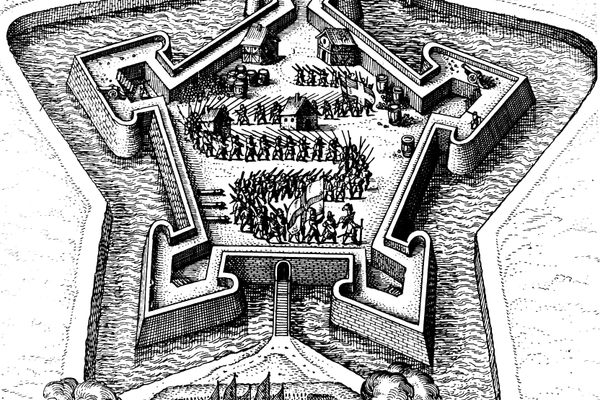











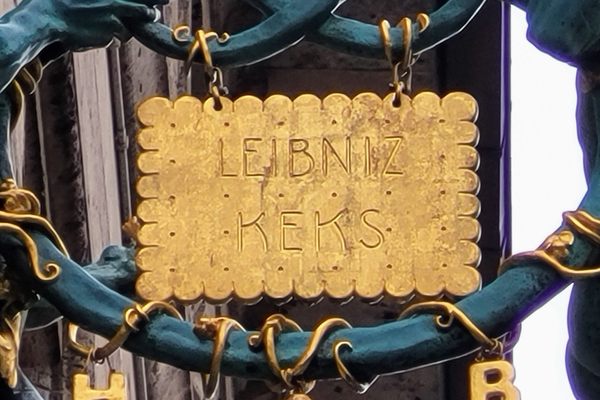

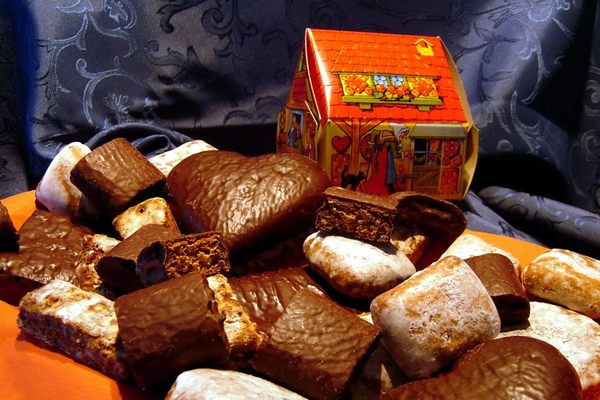



Follow us on Twitter to get the latest on the world's hidden wonders.
Like us on Facebook to get the latest on the world's hidden wonders.
Follow us on Twitter Like us on Facebook